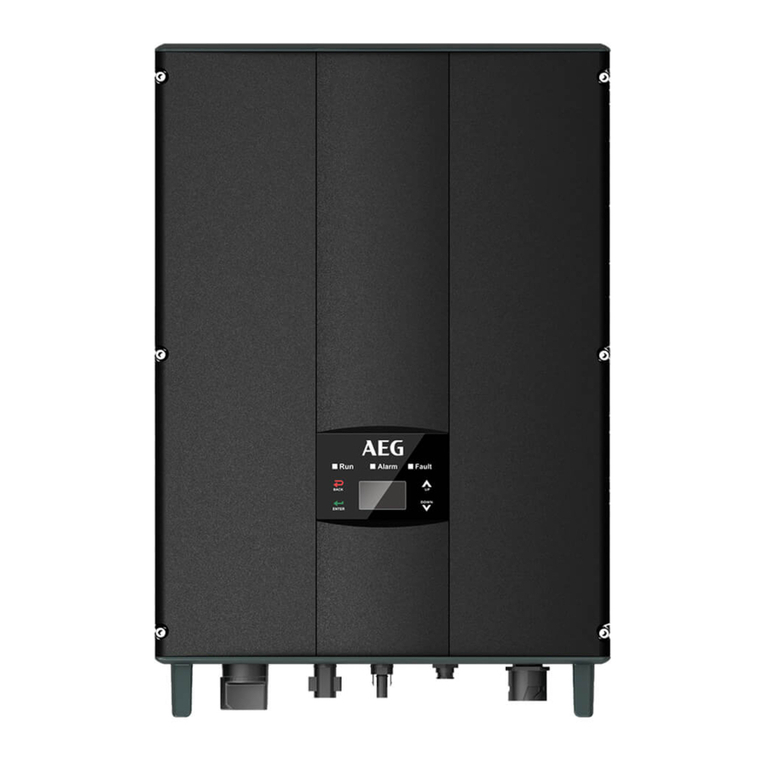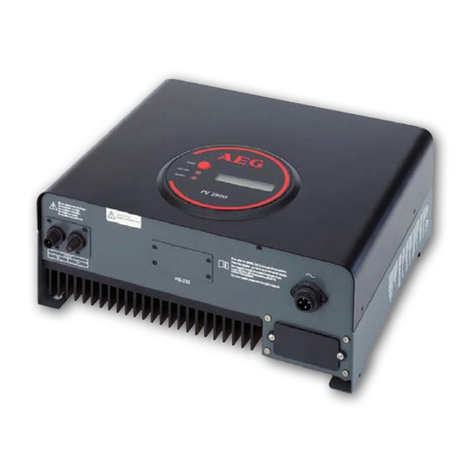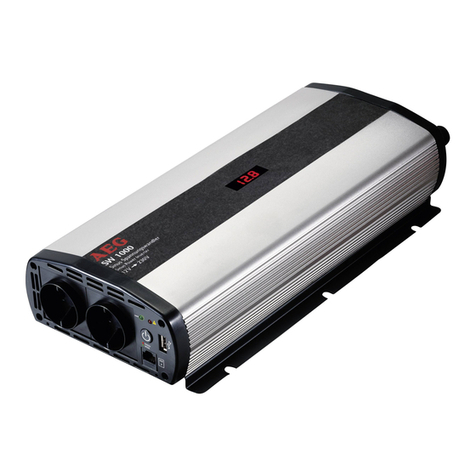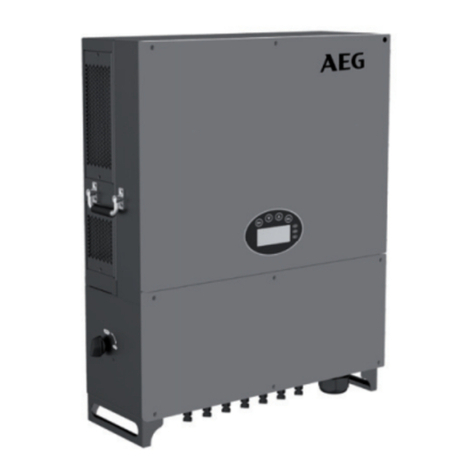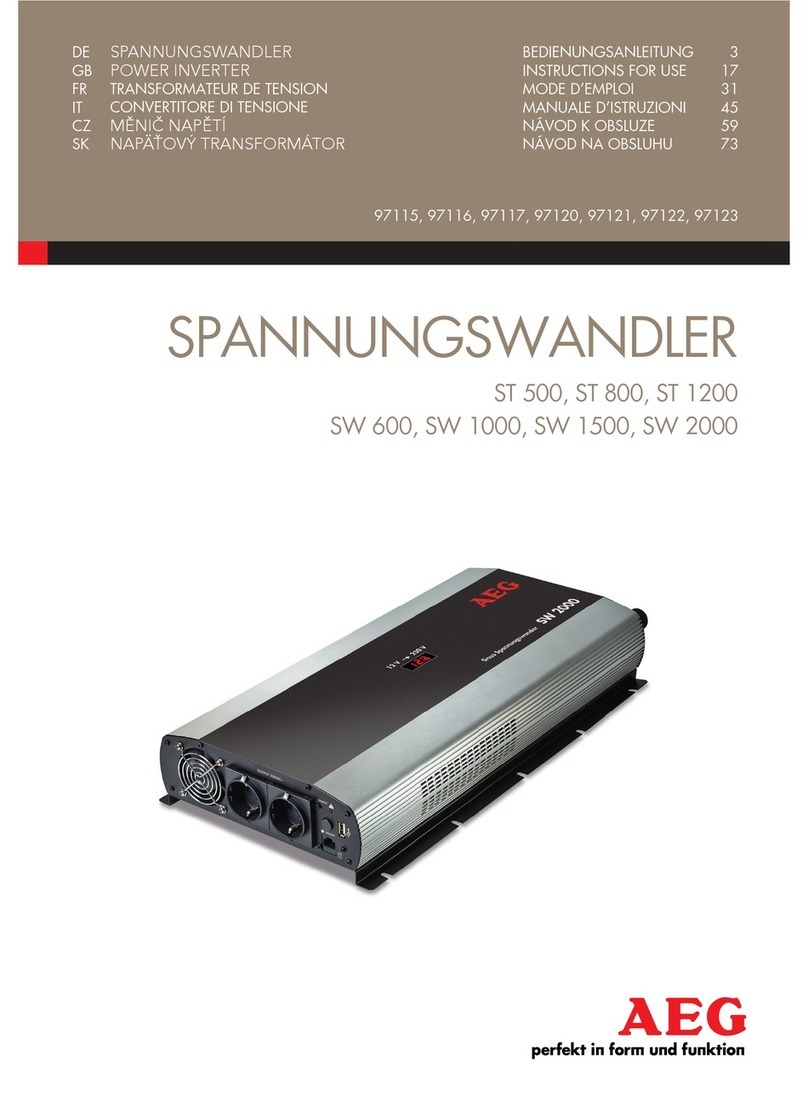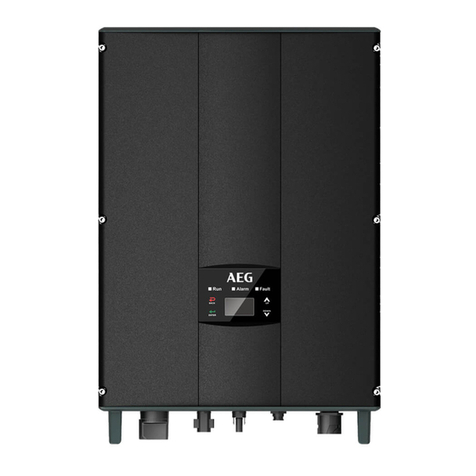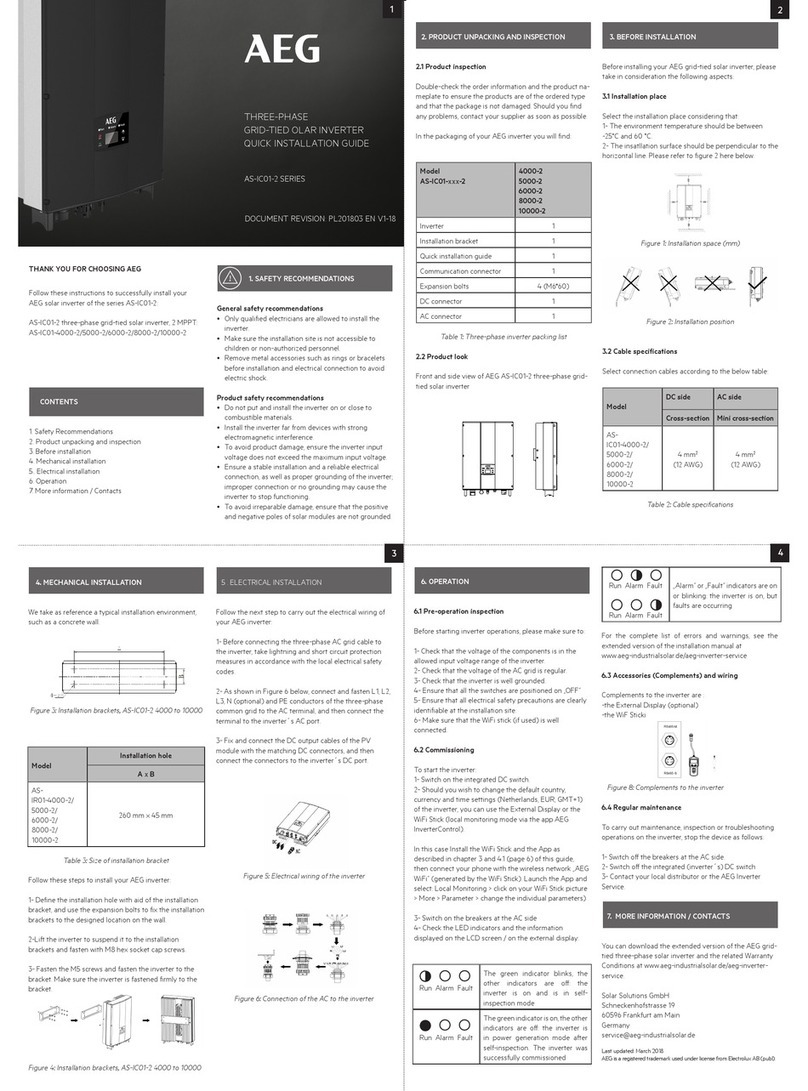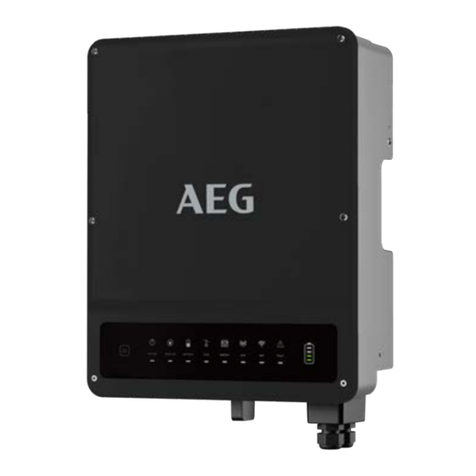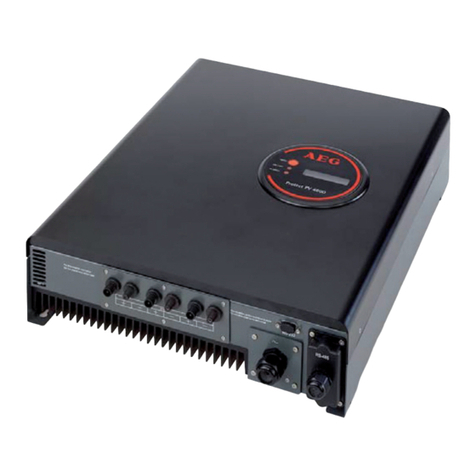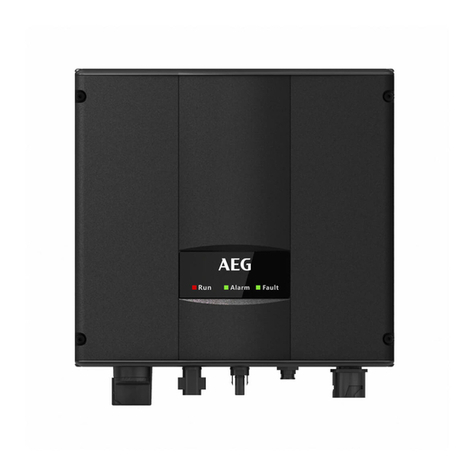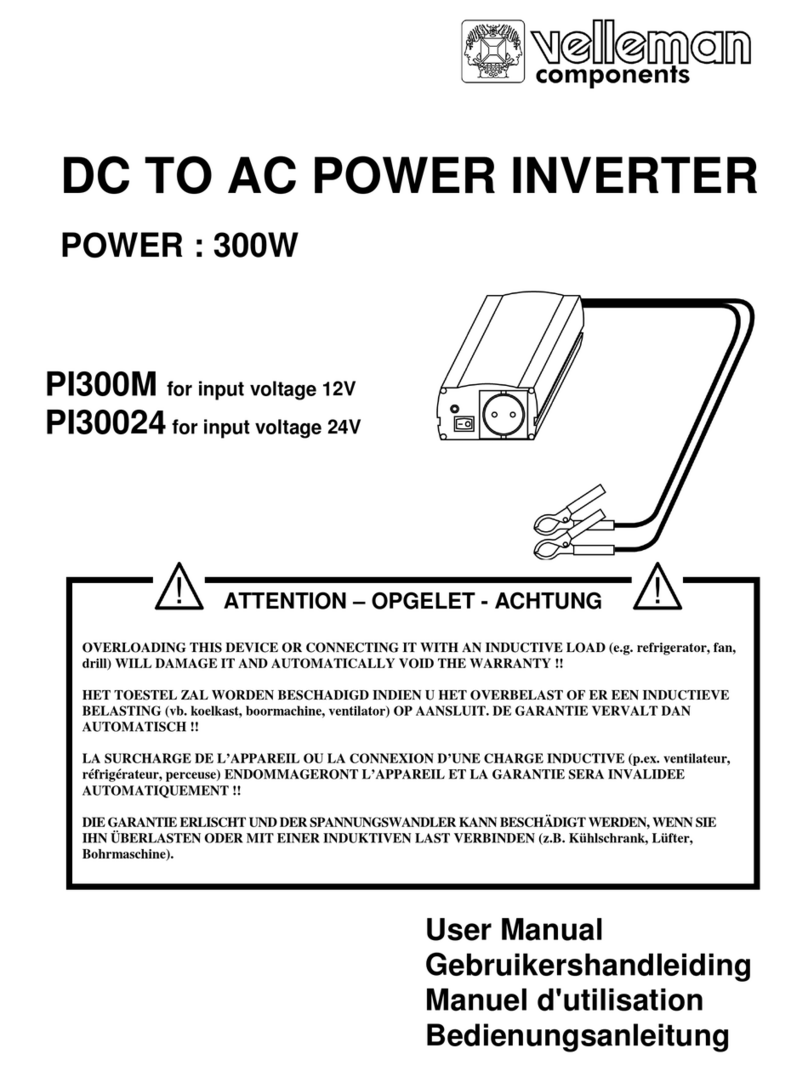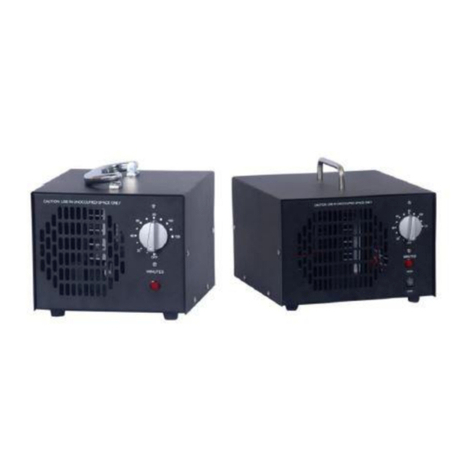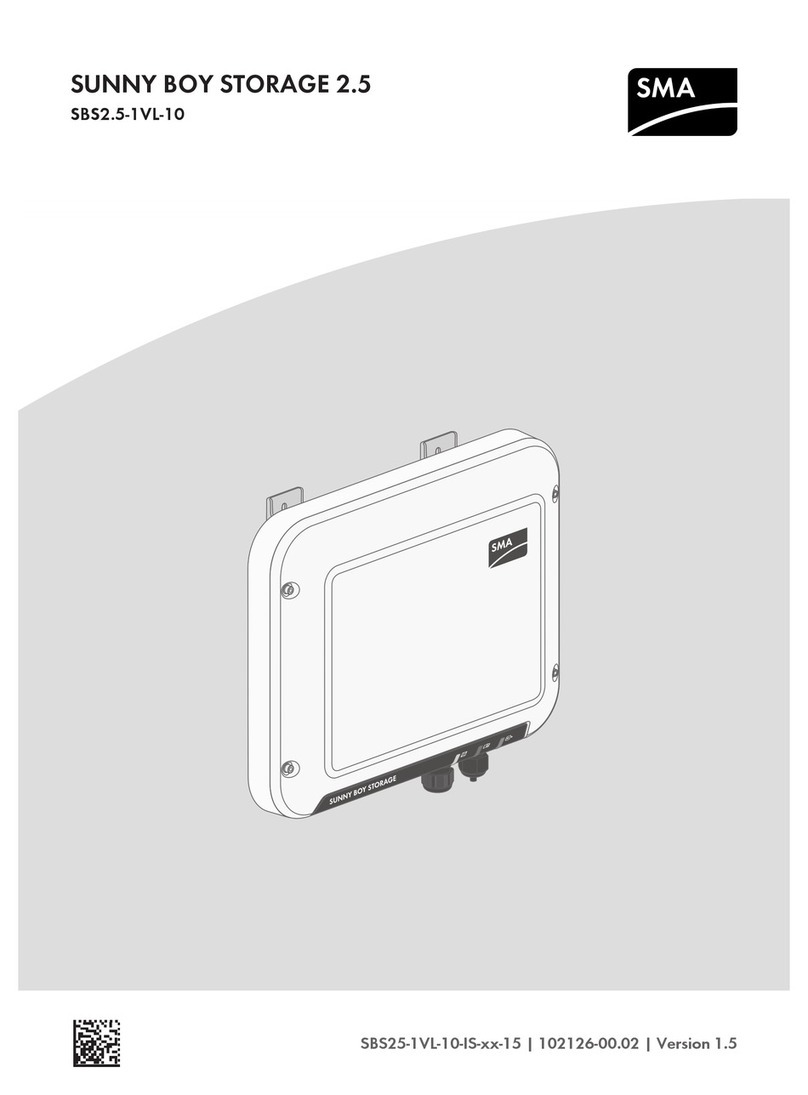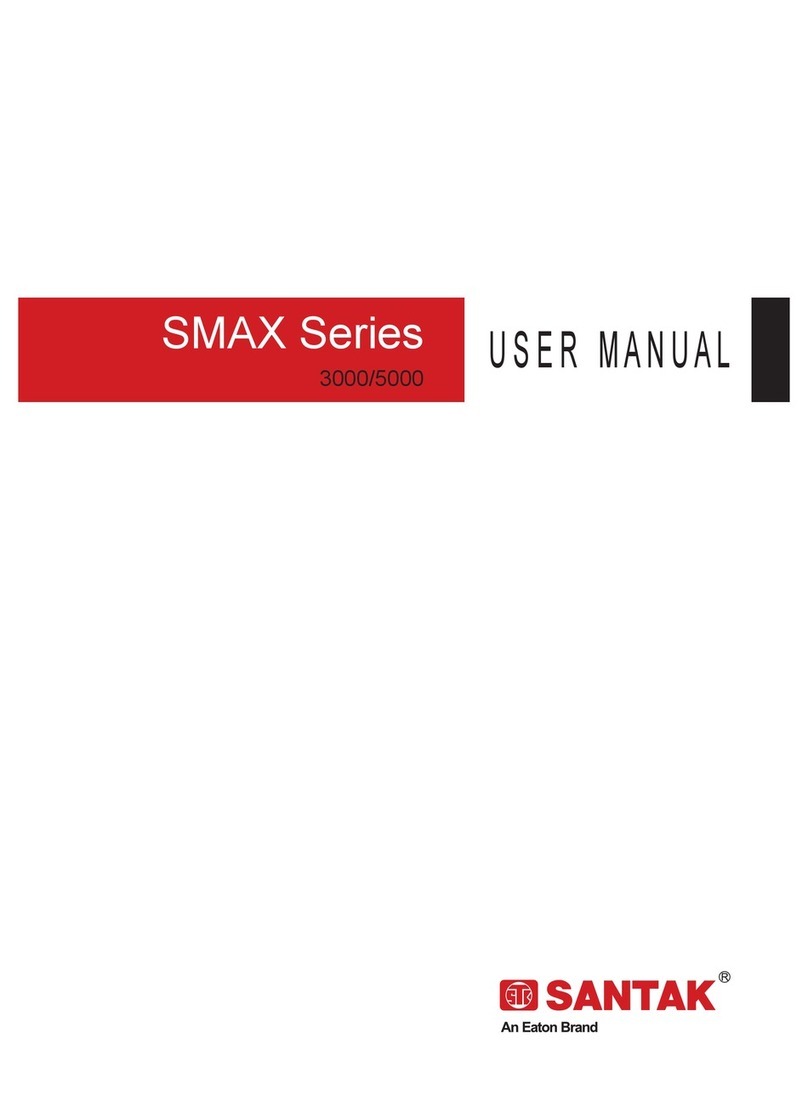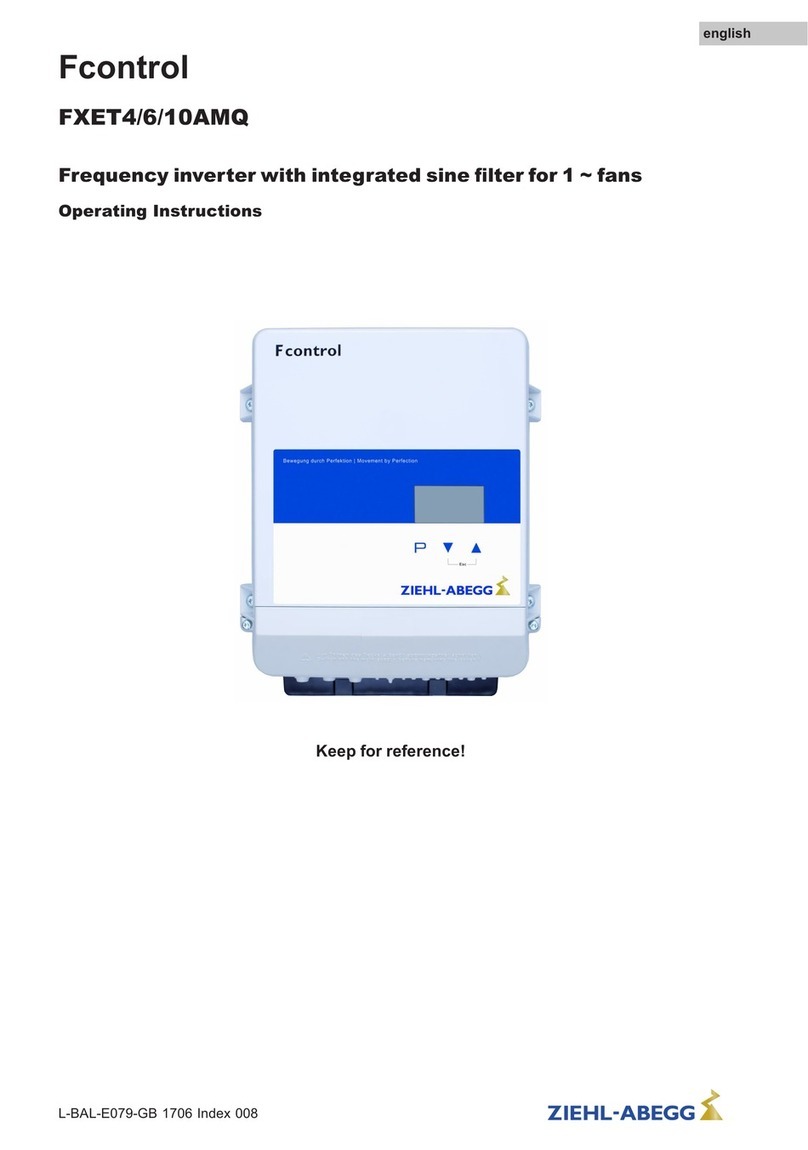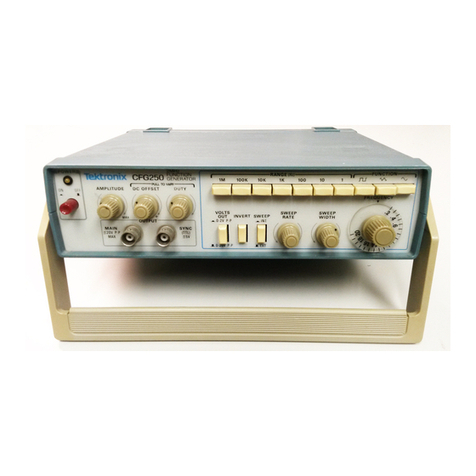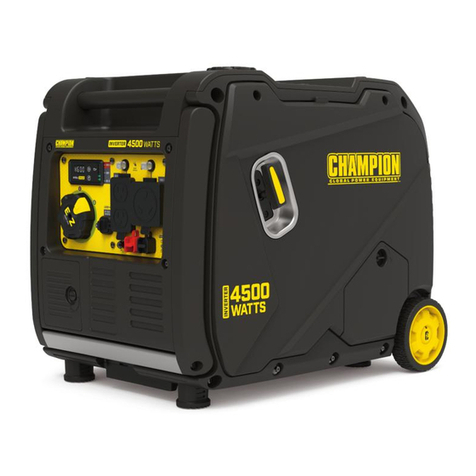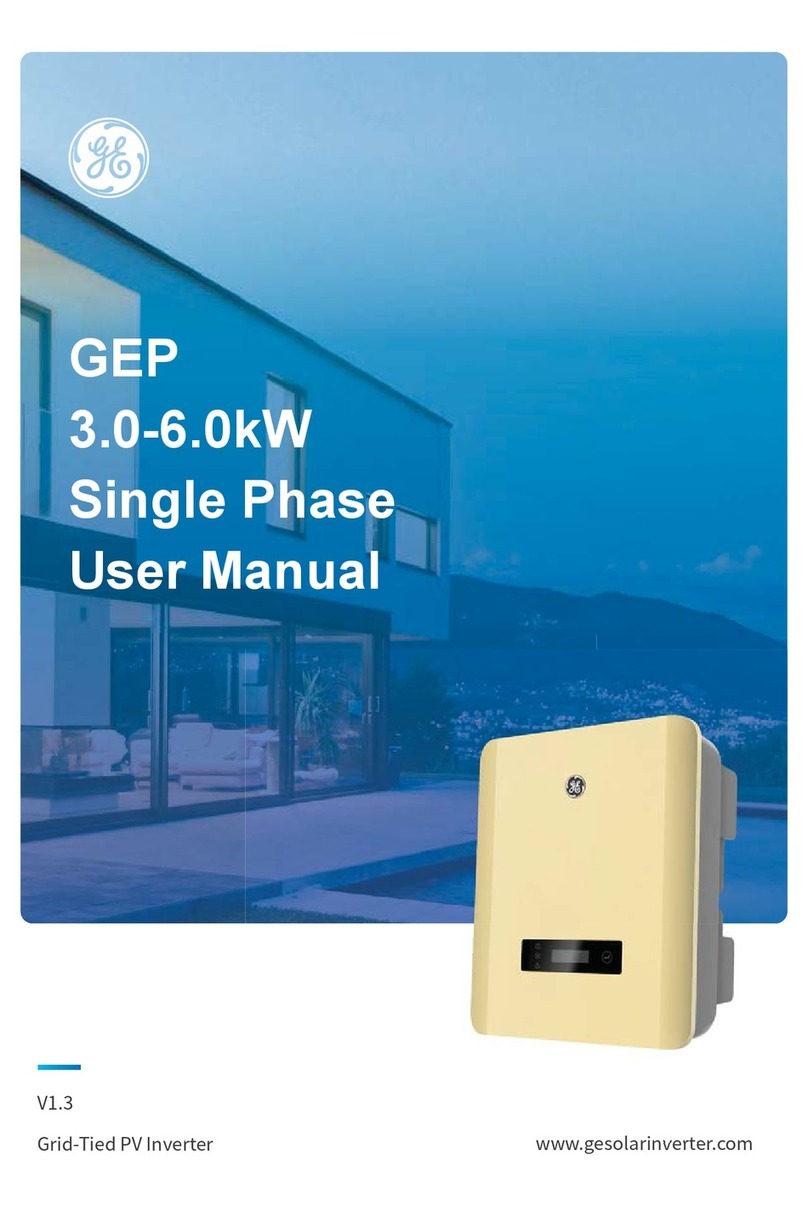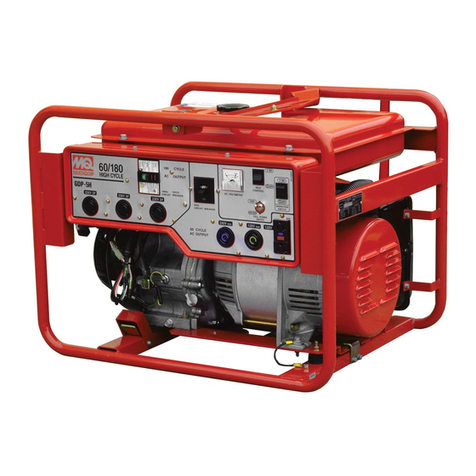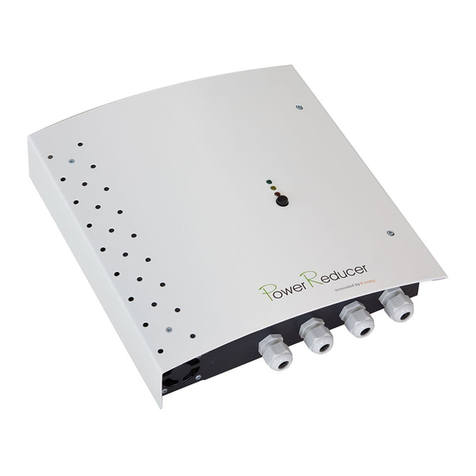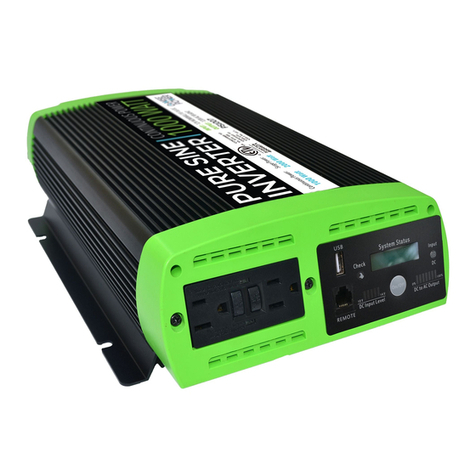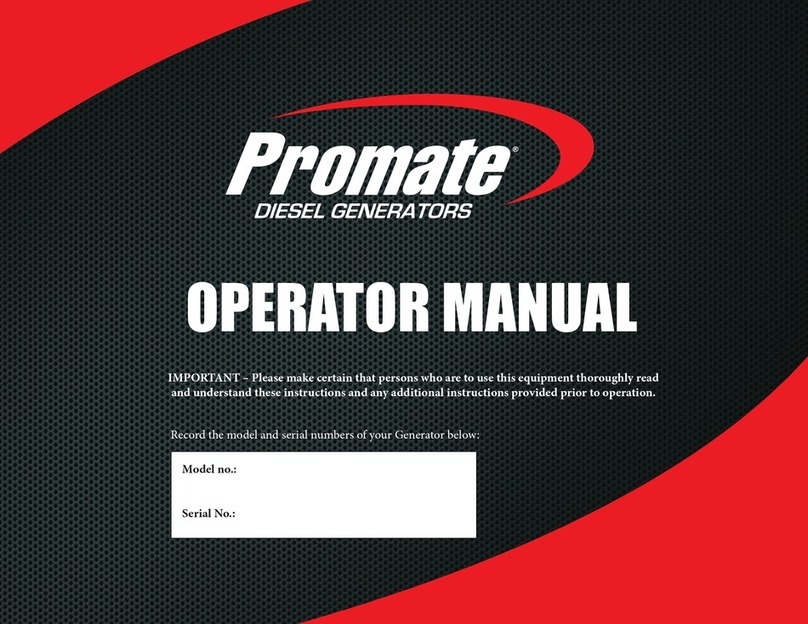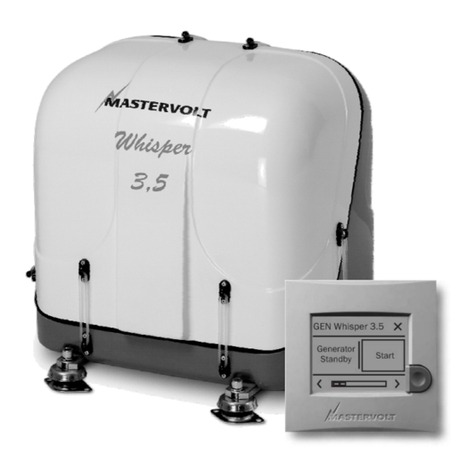
55
INTRODUCTION
This product has many features for making its use more pleasant
and enjoyable. Safety, performance, and dependability have
been given top priority in the design of this product, making it
easy to maintain and operate.
DANGER
Grounding the Generator
See Figure 3.
In Australia and New Zealand, grounding of portable
generators is not recommended or required. Consult with
local electricians to determine grounding requirements
before operating with a ground connection.
GENERAL SAFETY RULES
WARNING:
Read and understand all instructions. Failure to follow
all instructions listed below may result in electrocution,
fire, and/or carbon monoxide poisoning, which will cause
death or serious injury.
WARNING:
When this generator is used to supply a building
wiring system: the generator must be installed by a
qualified electrician and connected to a transfer switch as
a separately derived system in accordance with Australian
Wiring Rules. The generator shall be connected through
a transfer switch that switches all conductors other than
the equipment grounding conductor. The frame of the
generator shall be connected to an approved grounding
electrode. Failure to isolate the generator from power
utility can result in death or injury to electric utility workers.
Save these instructions
This manual contains important instructions that should be
followed during installation and maintenance of the generator
and batteries.
ŶDo not allow children or untrained individuals to use this
unit.
ŶNever start or run the engine inside a closed or partially
enclosed area. Breathing exhaust fumes will kill you.
ŶWear eye protection as well as hearing protection when
operating this equipment.
ŶKeep all bystanders, children, and pets at least 3 m away.
ŶWear sturdy and dry shoes or boots. Do not operate while
barefoot.
ŶDo not operate the generator when you are tired or under
the influence of drugs, alcohol, or medication.
ŶKeep all parts of your body away from any moving parts
and all hot surfaces of the unit.
ŶProduct users in some areas are required to comply with
fire prevention regulations. Check with the local authorities
in your area before use.
ŶDo not touch bare wire or receptacles.
ŶDo not use the generator with electrical cords which are
worn, frayed, bare, or otherwise damaged.
ŶBefore storing, allow the engine to cool.
ŶDo not operate the generator in rain, snow, or wet weather
ŶEmpty fuel tank, close fuel valve, and restrain the unit from
moving before transporting in a vehicle.
ŶAllow engine to cool for five minutes before refueling.
ŶTo reduce the risk of fire and burn injury, handle fuel with
care. It is highly flammable.
ŶDo not smoke while handling fuel.
ŶStore fuel in a container approved for unleaded fuel.
ŶPosition the unit on level ground, stop engine, and allow to
cool before refueling.
ŶLoosen fuel cap slowly to release pressure and to keep fuel
from escaping around the cap.
ŶTighten the fuel cap securely after refueling.
ŶWipe spilled fuel from the unit.
ŶNever attempt to burn off spilled fuel under any
circumstances.
ŶUse only authorised replacement parts and accessories
and follow instructions in the Maintenance section of this
manual. Use of unauthorised parts or failure to follow
Maintenance instructions may create a risk of shock or
injury.
ŶMaintain the unit per maintenance instructions in this
Operator’s Manual.
ŶInspect the unit before each use for loose fasteners, fuel
leaks, etc. Replace damaged parts.
ŶGenerators vibrate in normal use. During and after the use
of the generator, inspect the generator as well as extension
cords and power supply cords connected to it for damage
resulting from vibration. Have damaged items repaired or
replaced as necessary. Do not use plugs or cords that show
signs of damage such as broken or cracked insulation or
damaged blades.
SPECIFIC SAFETY RULES
ŶExhaust contains poisonous carbon monoxide, a
colourless, odourless gas. Breathing exhaust can cause
loss of consciousness and can lead to death. If the
generator is running in a confined or partially-enclosed
area, the air may contain a dangerous amount of carbon
monoxide. To keep exhaust fumes from building up, always
provide adequate ventilation.
ŶAlways use a battery-powered carbon monoxide detector
when running the generator. If you begin to feel sick, dizzy,
or weak while using the generator, shut it off and get to
fresh air immediately. See a doctor. You may have carbon
monoxide poisoning.
ŶPlace the generator on a flat, stable surface with a slope of
no more than 4°.
ŶOperate in a well-ventilated, well-lit area isolated from
working areas to avoid noise interference.
ŶOperating the generator in wet conditions could result in
electrocution. Keep the unit dry.
ŶKeep the generator a minimum of 1 m away from all types
of combustible material.
ŶDo not operate the generator near hazardous material.
ŶDo not operate the generator at a gas or natural gas filling
station.
ŶDo not touch the muffler or cylinder during or immediately
after use; they are HOT and will cause burn injury.
